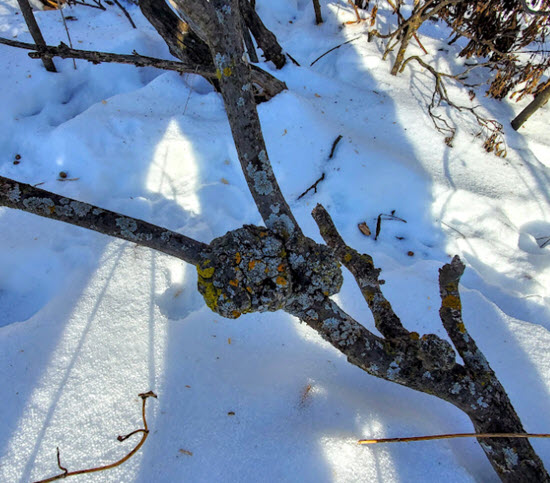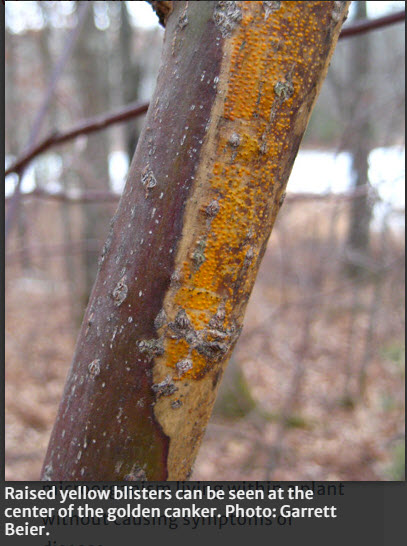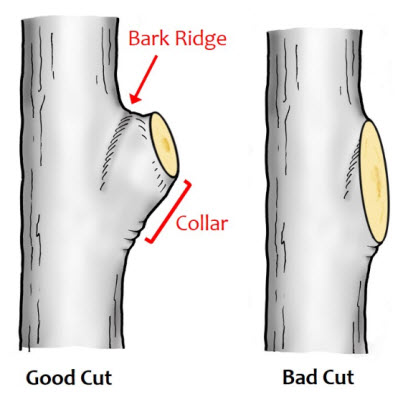Click below to listen to my 2 min. Garden Bite radio show: Cankers/Galls and late winter pruning
With all the leaves gone on our trees and shrubs, it’s a good time to take a careful look at their branches for galls or cankers. Now through early March is a good time to prune out these problems. The wound is exposed for a shorter amount of time (a good thing) before the new growth starts to seal the wound.
As explained by the University of MN Hort Dept. : A gall is an unusual overgrowth of plant tissue caused by a pest or pathogen. Fungi and some bacteria can cause galls to form on branches of trees and shrubs. Galls can be round, oblong, or irregular in shape. They are made of wood but may have discolored bark due to the infection. Galls can girdle a branch and kill all leaves and shoots beyond the gall. Some trees and shrubs will tolerate galls and will not suffer any damage as a result.

A canker is an infection of the sapwood and living bark caused by a fungal or bacterial plant pathogen. Cracked, discolored, or blistered bark in an isolated area of a branch indicate that there is a canker. In some trees and shrubs a thick hard layer of resin or sap may cover the infection. If the bark is peeled back, reddish brown discoloration of the wood can often be seen.
A canker will eventually grow to encircle the branch, cutting off the flow of water and nutrients. This results in death of the branch, and any shoots and leaves beyond the canker. In some diseases, the canker can progress into the main trunk and result in death of the tree.
There are numerous types of cankers and galls caused by a variety of reasons.

Look for black knot cankers. They start out the same color as the stem, then turn black, crack open and release infectious spores. Prune these branches out below the knots. Never compost any diseased plant. Bury or burn infected branches. It’s important to clean your pruners in between cuts a 10% bleach solution or Lysol. NOT PineSol.

A problem I found on a dogwood I had several years ago was golden canker. This fungal disease is common on pagoda dogwood that have suffered heat and drought stress over the summer. The twigs turn gold and die. Prune out infected stems and again, disinfect your pruners after each cut.

Pruning during dormancy also allows you a chance to shape your shrubs or trees. Opening them up to better air circulation is good disease management. It also allows for more sunlight. There may be a tree that’s giving more shade than you want, consider pruning it now as well.


